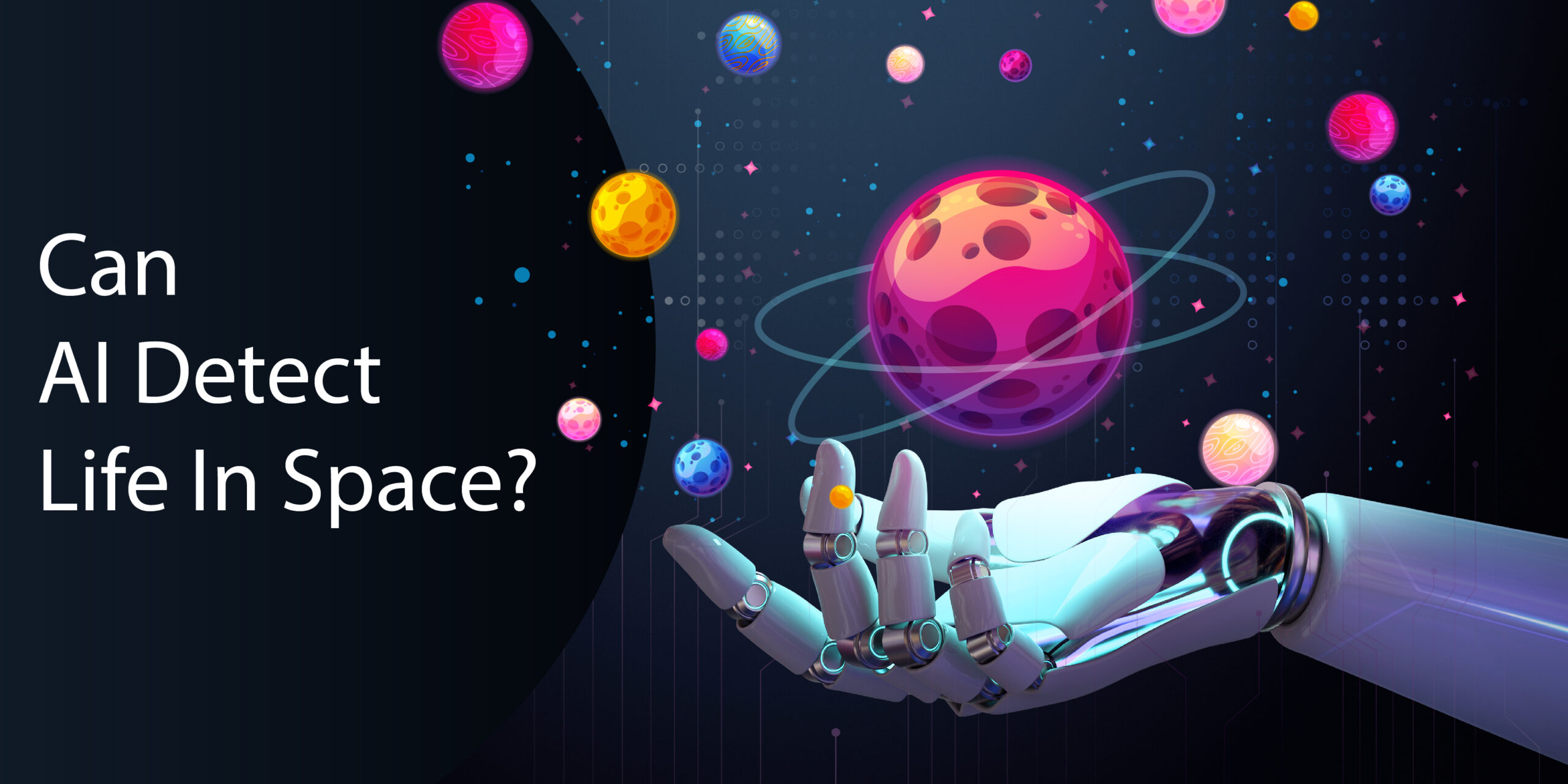
In recent years, Artificial Intelligence (AI) has been making massive strides in allowing us to progress in almost every field, including space exploration and technology. Scientists and researchers are being enabled to solve complex problems such as clearing junk from the Earth’s orbit and identifying life outside our solar system, with the help of advancement in AI. And here’s proof from a recent experiment conducted by our very own Indian scientists and researchers. Utilising an AI-based algorithm, Indian astronomers have invented a new approach for identifying potentially habitable planets. And as a result of this new algorithm, the scientists were able to detect nearly 60 potentially habitable planets among 5000 other completely unknown planets.
According to the universal definition, “the theory and development of computer systems able to perform tasks normally requiring human intelligence, such as visual perception, speech recognition, decision-making, and translation between languages”.
Since we first set eyes on the skies, human beings have wondered whether there is life on other planets. Looking at the cosmos, we might have also believed often that there are other planets or galaxies out there that are capable of harbouring life.
In their recent study, astronomers from the Indian Institute of Astrophysics, an autonomous institute of the Department of Science & Technology, Government of India, along with astronomers from BITS Pilani, Goa campus devised a brand new approach — an anomaly detection method — by which they can successfully identify potentially habitable planets with a high probability of harbouring life. According to the study, “the method is based on the postulate that Earth is an anomaly, with the possibility of existence of few other anomalies among thousands of data points”. The study has been published in the journal, Monthly Notices of the Royal Astronomical Society (MNRAS).
According to the Indian astronomers, there are 60 potentially habitable planets out of about 5000 other planets confirmed to be present. The assessment has been based on their close similarity to Earth. “Earth being the only habitable planet among thousands of planets is defined as an anomaly. We explored whether similar ‘anomaly candidates can be found using novel anomaly detection methods,’” explained Dr Snehanshu Saha of BITS Pilani, K K Birla Goa Campus and Dr Margarita Safonova of Indian Institute of Astrophysics. According to researchers, the habitability potential of a planet requires the knowledge of multiple planetary parameters from observations. This also demands hours of expensive telescope time to be utilised by astronomers. Hence, it becomes a tedious job to scan thousands of planets manually and then to identify planets that are potentially similar to Earth. This is where AI can be utilised effectively to find habitable planets.
Indian researchers, under the supervision of Dr Saha and Dr Safonova, have thus developed a novel AI-based algorithm to detect anomalies and extended it to an unsupervised clustering algorithm to use it to identify the probably habitable exoplanets (any planetary body that is outside the solar system and that usually orbits a star other than the Sun) from the already available exoplanet datasets.
The AI-based method devised by the researchers is called Multi-Stage Memetic Binary Tree Anomaly Identifier (MSMBTAI) and is based on a novel multi-stage memetic algorithm (MSMA). MSMA uses the generic notion of a meme, which means an idea or knowledge that gets transferred from one person to another by imitation. “A meme indicates cross-cultural evolution in posterity and, therefore, can induce new learning mechanisms as generations pass. The algorithm can act as a quick screening tool for evaluating habitability perspectives from observed properties,” states the study.
The study has already identified a few planets that exhibit similar anomalous characteristics as our planet Earth via the proposed AI-based technique, which the scientists believe show good results. As per the astronomers, this will also help in the future analysis of exoplanets and make the process much simpler.
In another study conducted in 2020, David Armstrong at the University of Warwick, United Kingdom, led a research team that was able to devise an algorithm that would efficiently determine which one is a planet or glitch or an asteroid and so on.
Researchers had then used NASA’s Transiting Exoplanet Survey Satellite to study the data. To simplify it, a dip in the brightness indicated that something is passing by a star. It doesn’t always have to be a planet but it helped narrow down the search. This led Armstrong’s research team to create a machine learning algorithm that was applied to NASA’s Kepler mission and was able to differentiate planets from other celestial objects. The algorithm was considered a massive breakthrough as it was able to confirm as many as 50 planets. “The algorithm we have developed lets us take 50 candidates across the threshold for planet validation, upgrading them to real planets,” Armstrong had said in a Warwick release on August 25, 2020.
Do you ever wonder if there are other habitable planets like Earth? Whether there is life on other planets? Then tell us about it in the comments below.
If you enjoyed reading this, then check out The Learning Tree blog for more cool stuff:
Meet Kati Kariko, the Ignored Scientist Who Saved the World From Covid-19
These Reusable ‘Jelly Cubes’ Could Replace Regular Ice-Cubes
Writing has always been Shreesha’s passion, be it for imparting knowledge or expressing opinions. In her former role as a journalist, she contributed to enriching society with knowledge. Now, at BYJU’S, she has moved on to something more exciting – creating tailor-made content for students. When she is not writing, you would find her looking for new ways to engage her child.